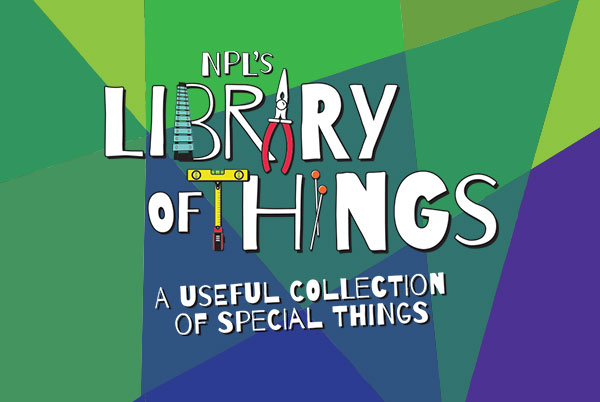Vincent, our protagonist, sits at the breakfast table with his parents. At school today he has to recite a story his mother has helped him memorize. Everything is going smoothly until is it time to stand in front of the class and recite his story from memory. Nothing comes out. Nothing at all, except embarrassed angry tears from his eyes and laughter from his classmates. Back in his seat, Vincent hides inside his head, waiting for his mom.
What went wrong? As Vincent explains, sometimes the Control Room in his head, with all its screens playing hundreds of movies all at once, is too much for him to manage. He leads the reader through a tour of his head: into the Living Room, where his friends from books and movies help him make sense of things, through the Light Room, where he feels smart and anything he works on is possible, and to the Chute for nasty words, where he tries to discard all the unkind things people say about him—that he's useless, lazy, or a space cadet.
After the recitation incident, Vincent finds it hard to stop his racing thoughts, especially at night. But he has no problems focusing on a showing of Pinocchio at the movie theater, even recounting every detail of the movie to his mother afterward. Would school be easier if it was like a darkened and hushed movie theater? If there was only one thing on one screen? If that doesn't work, perhaps the key is not making everything dark, but instead focusing on the light.
Vincent revisits the rooms in his head and decides to make some changes. Instead of trying to spend most of his time in the Control Room, he resolves to visit the Light Room more often, where he can see better, listen better, and find his voice.
Neurodivergent readers may very well recognize Vincent's Light Room as a place of hyperfocus, where creativity, interest, and focus converge. Persons with ADHD can indeed focus—if the proper accommodations are in place. Neurodiversity is about honoring differences in thinking, learning, and behaving and seeing those differences as normal variations in human experience.
There is nothing wrong with Vincent, or any other neurodivergent child, for that matter. They just need a different approach.
Rather than memorizing and reciting a story in the front of the entire class, for example, he could instead draw a picture to show his comprehension or maybe talk about the story one on one with his teacher, as he did with his mother when retelling the story of Pinocchio. Vincent and other children like him would fare better in the classroom if educators and policy makers embraced the principles of Universal Design for Learning (UDL) to change the environment and not the learner.
At 72 pages, this is a longer picture book and is better suited for children in elementary school, or ages 6 and up. While it is wordier than some picture books, the text does not overshadow the storytelling power of Vigg's illustrations. His use of blank space is particularly compelling when representing Vincent's isolation, or when he is unsure of himself. Lost Inside My Head is wonderful picture book, and shows ADHD and other neurodivergent children that they can do and create great things.





